Around the world, the name “Genghis Khan” conjures up images of great warriors on horseback tearing across the great open plains and steppes of Central Asia, bringing with them the foundations of one of the greatest and most feared empires the world has ever seen!
Unless you're in Japan... in which case Genghis Khan or jingisukan has a very different meaning altogether.
What is Jingisukan?
Jingisukan is a dish that is unique to Japanese cuisine and hails from Japan's northern island of Hokkaido. One of the main things that make jingisukan so unique is that the core ingredient of this delicious dish is lamb. While Japanese cuisine, in general, uses a lot of different meats (think pork, chicken and beef), lamb is not a meat that is used often, and many Japanese find it something of a novelty.
History and origin of Jingisukan
The dish’s origins are hotly debated, but it is widely understood to have begun when demand for sheep wool increased during the Edo Period (1603-1868). During this period, the Japanese government set up sheep breeding ranches around the country, with two in Hokkaido, one in Ehime Prefecture, one in Iwate Prefecture and one in Kumamoto on Japan's southern island of Kyushu.
At this time, there was no tradition of eating lamb or mutton, and sheep were only used for their wool, but this changed as it was seen as a waste of meat, and suddenly, the Japanese population’s taste for lamb and mutton was born!
Eventually, due to a rise in the use of cotton and other materials, the demand for wool fell and, one by one, the sheep ranches of Japan were closed, with the significant exceptions of the Hokkaido ranches in Takikawa (滝川) and Sapporo (Tsukisamu - 月寒). It was at these ranches that the dish now known as jingisukan was born, and where the two regional variations of the dish originated.
But why is it called “jingisukan”? What is the significance of naming the dish after the great Mongol leader from the Middle Ages? Well, the answer to this lies in two parts. Firstly, lamb is seen as the food that would have sustained the great Mongol hordes as they galloped across the steppe to their next conquests. And secondly, the iron hot plate that is traditionally used to cook the dish bears a strong resemblance to the helmets worn by Genghis Khan and his soldiers!
How to cook Jingisukan
Jingisukan is prepared and eaten in a similar style to Japanese yakiniku. Diners will often sit with one of the famed hotplates in the middle of the table. They will then be given a choice of lamb or mutton cuts and be brought through the plates of meat along with assorted vegetables such as kabocha pumpkin, mushrooms, onions, leeks, carrots, and asparagus.
The options of mutton or lamb offer subtly different tastes with mutton having a slightly gamier flavor to lamb, though both are delicious!
Types of Jingisukan
Jingisukan has two different varieties. One of these being Takikawa style and the other Sapporo style.
With Takikawa-style jingisukan, the meat is marinated first in a special sauce made from onions, soy sauce, ginger and mixed spices, which is said to make the meat more tender.
With Sapporo-style jingisukan, the meat is brought to the table with a variety of different dipping sauces to be tasted with the meat once cooked. These include grated garlic, tare sauce, and even Korean chili sauce.
Best Jingisukan restaurants in Sapporo
Today, jingisukan is certainly one of the must-eat dishes during any visit to Hokkaido. Sapporo, in particular, provides many excellent options if you would like to sample this unique Hokkaido delight. Below are a few of our favorites. The vast majority of jingisukan restaurants offer a tabehoudai (all-you-can-eat) option, so make sure that you come hungry!
Find out more: 25 Best Things To Do in Sapporo
1. Arata Naru Bondz Susukino Honten
It’s no surprise that Sapporo’s nightlife district of Susukino is packed with jingisukan restaurants — but not all jingisukan restaurants are made equal. One in particular stands out, not least for its unusual name: Arata Naru Bondz.
Like its name, which literally means “new,” Arata Naru Bondz puts a new spin on a classic dish, not by reinventing itself entirely but simply by changing the style of cooking. Typically, jingisukan works like yakiniku: guests are served the ingredients raw, and they cook it themselves.
But Arata Naru Bondz’s concept is that of “a family-run jingisukan restaurant”. As such, each table is assigned a staff member, who isn’t just there to grill the meat to the ideal level of doneness for the perfect flavor and texture, but also to banter with the guests at the table. This lets the conversation flow freely between guests, and takes the responsibility of cooking off the diner.
2. Jingisukan Daruma
Another jingisukan staple that can also be found in the Susukino neighborhood is Daruma. At Daruma, guests can try some of the premium cuts of mutton that are often not available at other establishments. Try to arrive for dinner early for these, as they sell out quickly! Expect a jingisukan feast for around ¥3000 per person.
3. Fukuroutei
At Fukuroutei, also located in Sapporo’s entertainment district of Susukino, guests can enjoy Sapporo-style jingisukan in the spacious surroundings of the large venue (can seat up to 60 guests). Look out for its unique red lantern decorations.
Guests at Fukuroutei also have the option of selecting either local Hokkaido mutton and lamb or Australian lamb that is known for its less pungent aroma. Traditionally lamb and mutton are not a regular part of Japanese cuisine as they considered to have stronger flavor and aroma.
4. Matsuo Jingisukan
Finally, Matsuo jingisukan offers guests the chance to sample the Takikawa marinated style. With its original restaurant located in a small town of Takikawa, the Sapporo branch of Matsuo Jingisukan, located just a brief walk from the main station, offers a tasty, alternative take to the more prevalent Sapporo style jingisukan restaurants.
5. Sapporo Beer Museum
The Sapporo Beer Museum is a must-see where you can learn about the history of Sapporo beer and taste its different varieties! And what better way to round off a hard day's sightseeing than with a tabehoudai/nomihoudai (all you can eat and drink) where you can wash down your jingisukan with Sapporo beer, for an authentic Hokkaido experience.
Want to try nomihoudai in Tokyo? Nomihoudai: The Best Places for All-You-Can-Drink in Tokyo
6. Sapporo Jingisukan Main Branch
Sapporo Jingisukan main branch located in the Susukino neighborhood, just a short walk from Sapporo’s central station, is something of an institution. This famed restaurant first opened in 1986 and offers an original and very authentic chance to sample the Sapporo-style jingisukan variety in a retro setting with counter seating.
While there is an absolute abundance of delicious Hokkaido food to sample during your stay, do not miss the opportunity to try one of the island's greatest hidden treasures. Whether you go for Sapporo or Takikawa style (or both!), jingisukan is a truly memorable dining experience.
For more about the must-try dishes of Sapporo, check out What to Eat in Sapporo. Or, browse food experiences in Japan for cooking classes, food tours, tastings, and dining experiences!
Want to try Jingisukan in Tokyo?
7. Sheep Sunrise
Head to Sheep Sunrise, giving you a taste of Jingisukan in the capital. Located in Azabu Juban, this roast mutton restaurant boasts a long, stylish counter bar, where you can experience the famous Genghis Kan grilled mutton, or opt for something different, like mutton curry, lotus root fried with mutton fat, lamb steak and offal cuts.
Jingisukan FAQs
How to eat jingisukan?
The basic way to eat jingisukan is to dip the meat and vegetables into a yakiniku sauce before placing it onto the grill to cook, though this will vary by restaurant.
What meat is jingisukan?
Jingisukan meat is usually lamb (loved for its tenderness), or mutton (loved for its deep flavor).
Why is it called jingisukan?
It is called "jingisukan" after Genghis Khan, the leader of the Mongol Empire. Not only were the Mongolians said to have survived on a diet of lamb, but the unique grill also somewhat resembles the shape of their helmets.
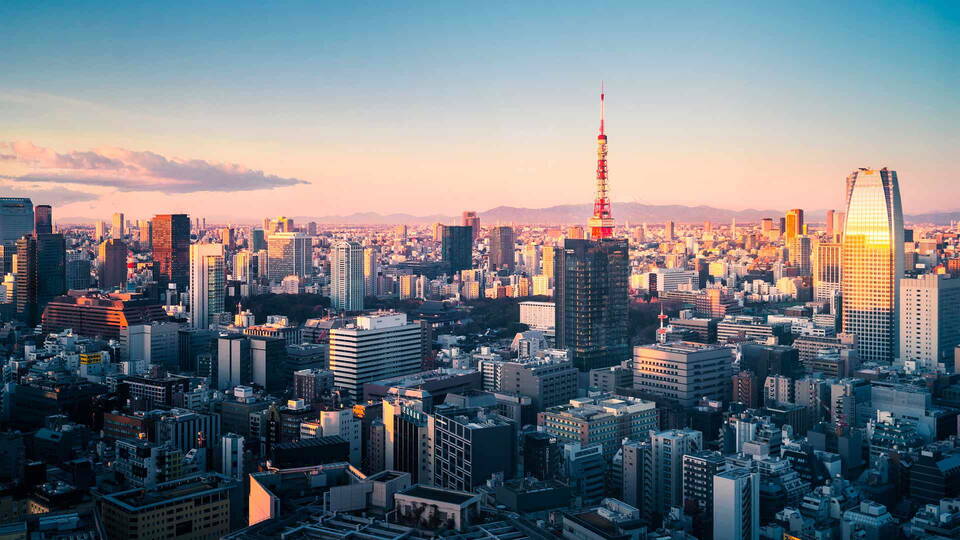 Tokyo
Tokyo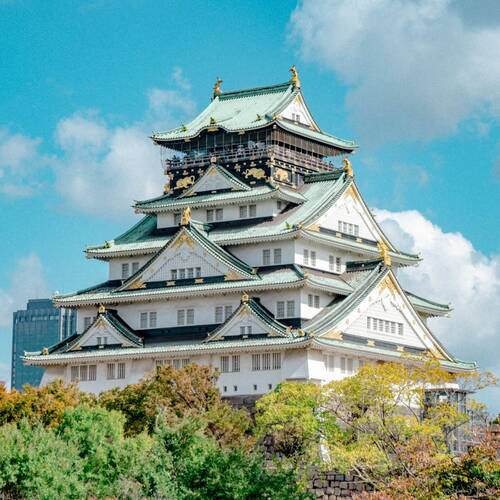 Osaka
Osaka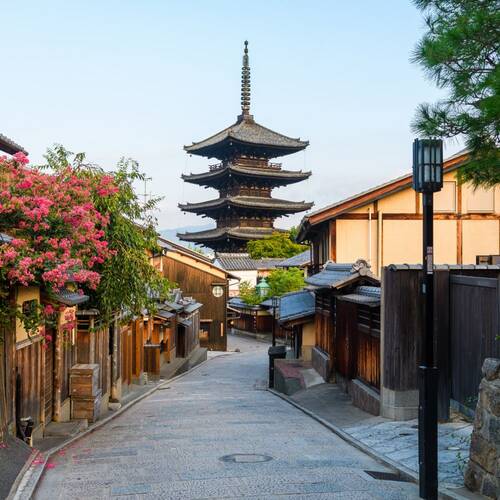 Kyoto
Kyoto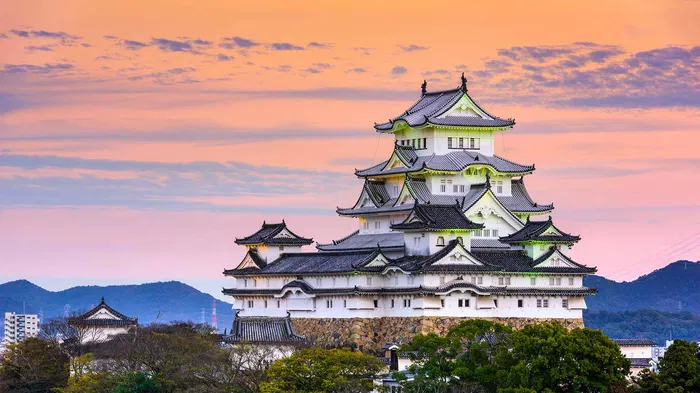 Hyogo
Hyogo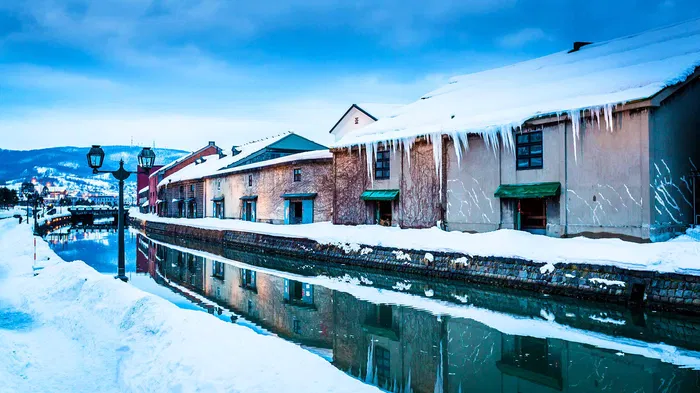 Hokkaido
Hokkaido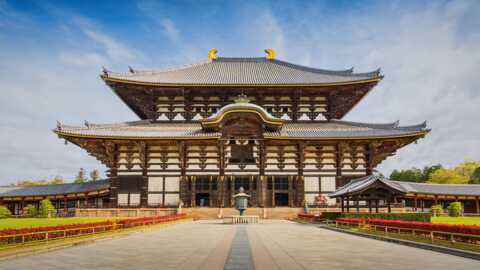 Nara
Nara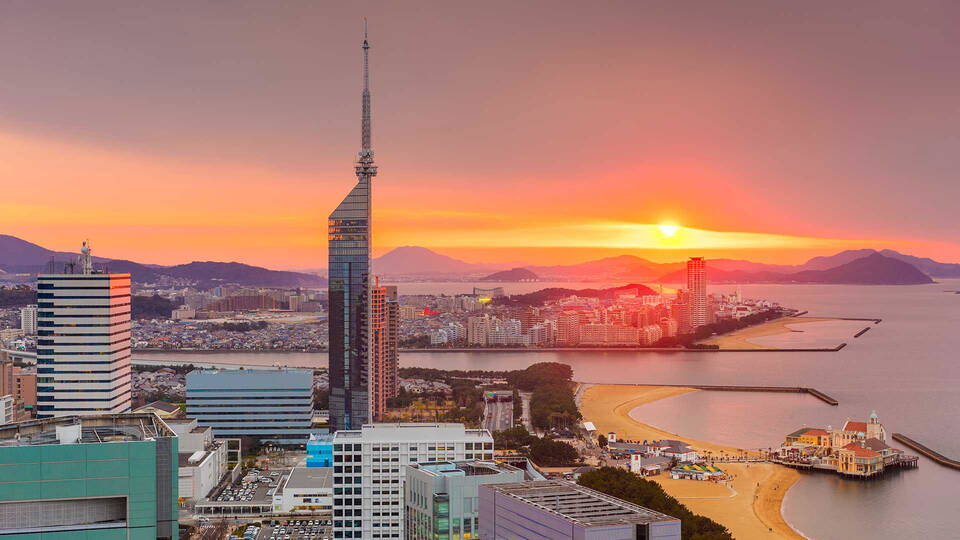 Fukuoka
Fukuoka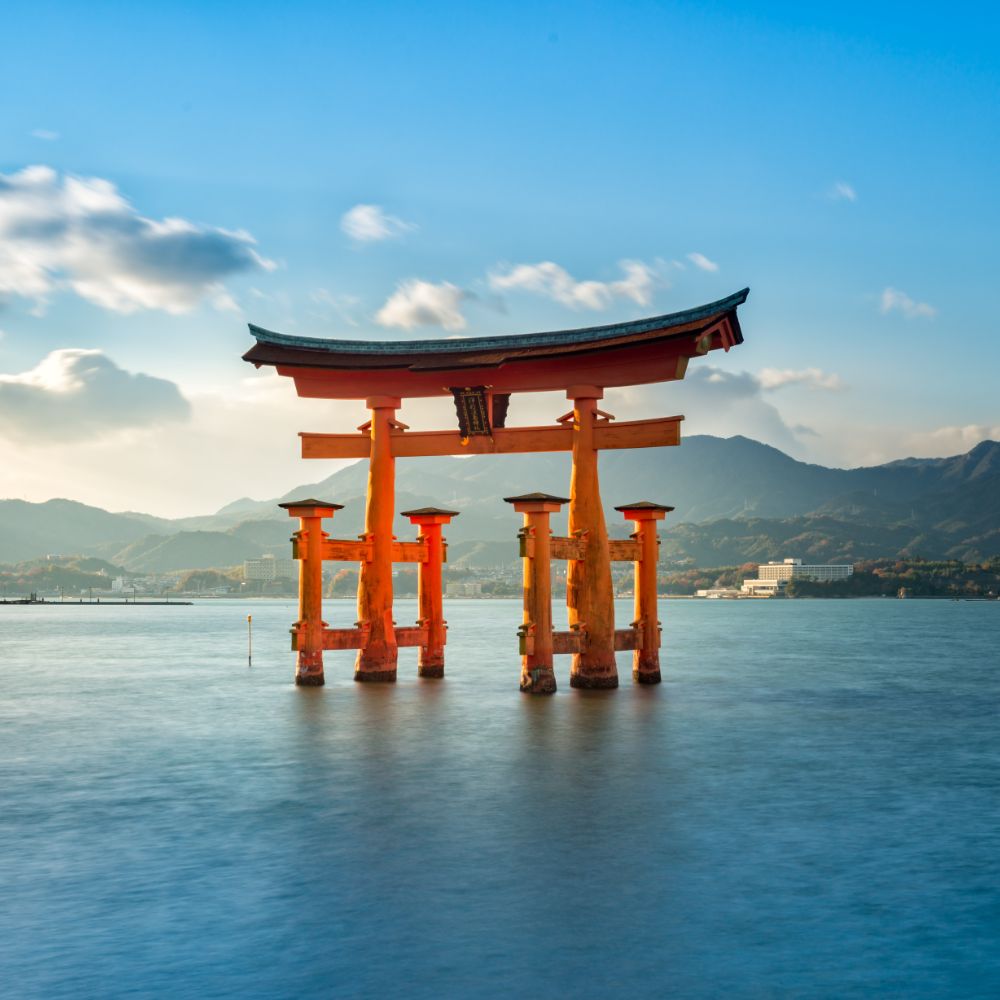 Hiroshima
Hiroshima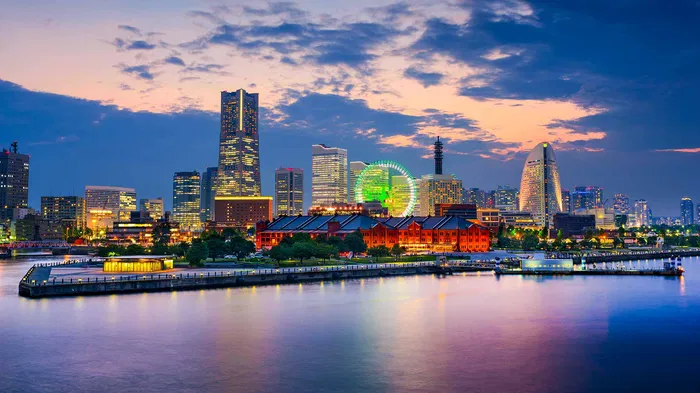 Kanagawa
Kanagawa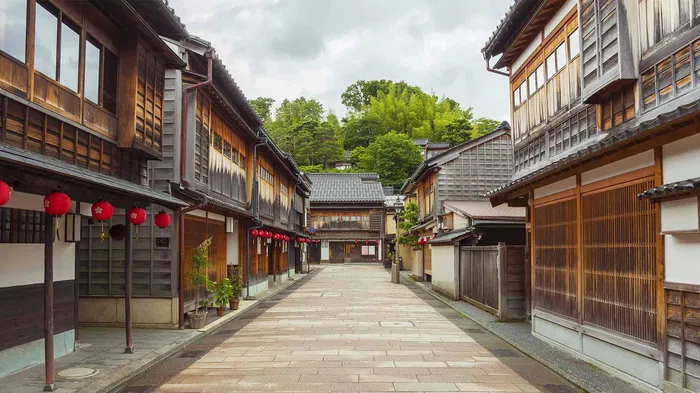 Ishikawa
Ishikawa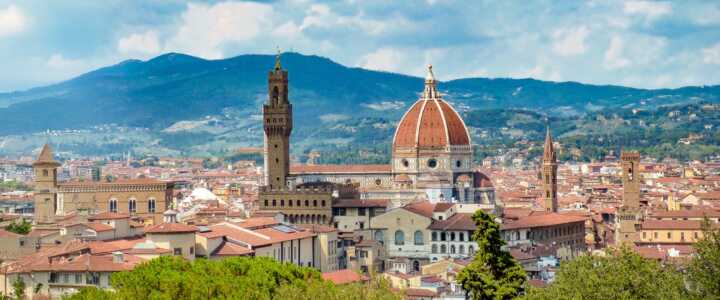 Florence
Florence Paris
Paris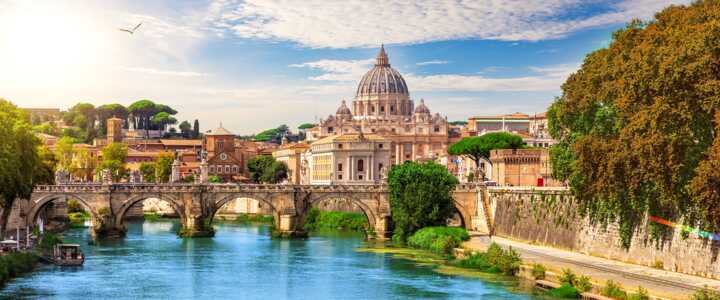 Rome
Rome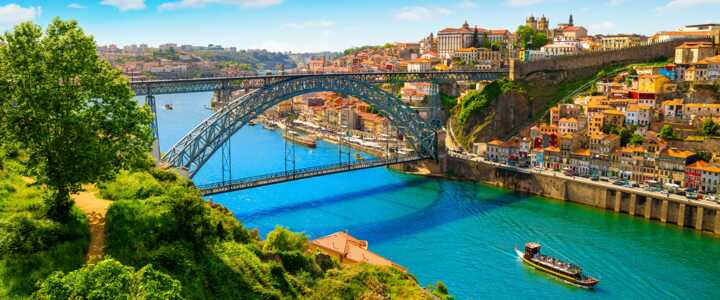 Porto
Porto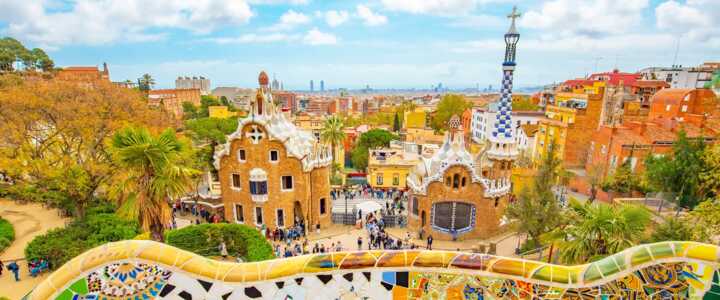 Barcelona
Barcelona New York
New York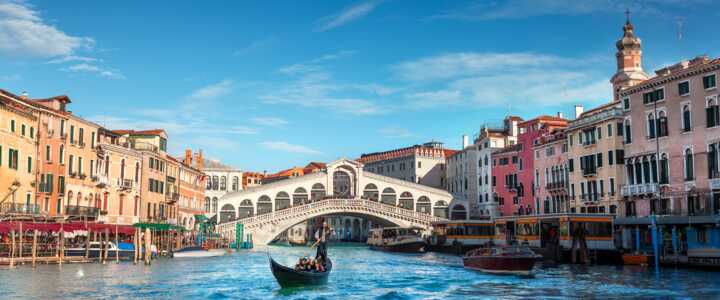 Venice
Venice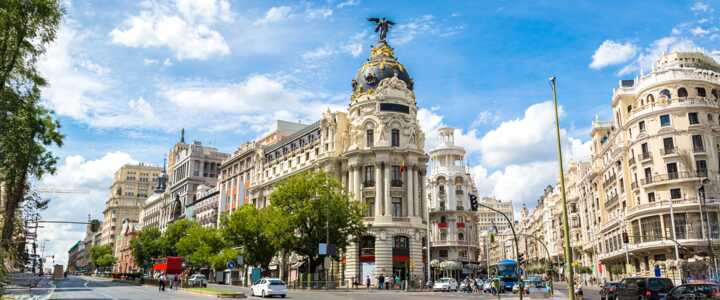 Madrid
Madrid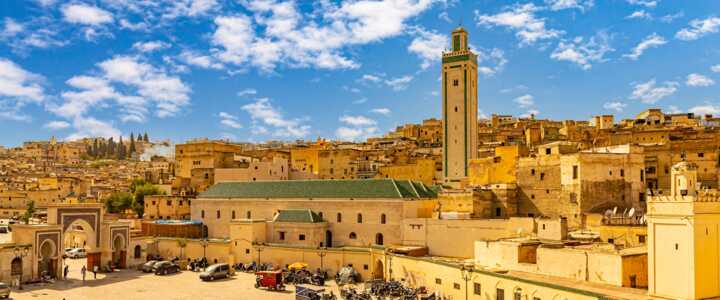 Marrakesh
Marrakesh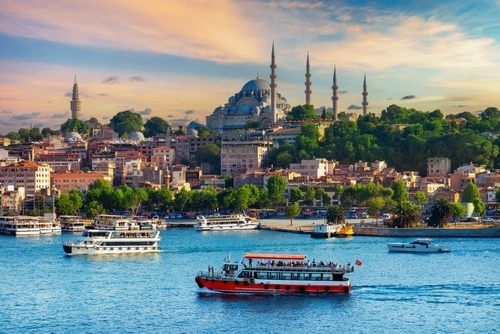 Istanbul
Istanbul